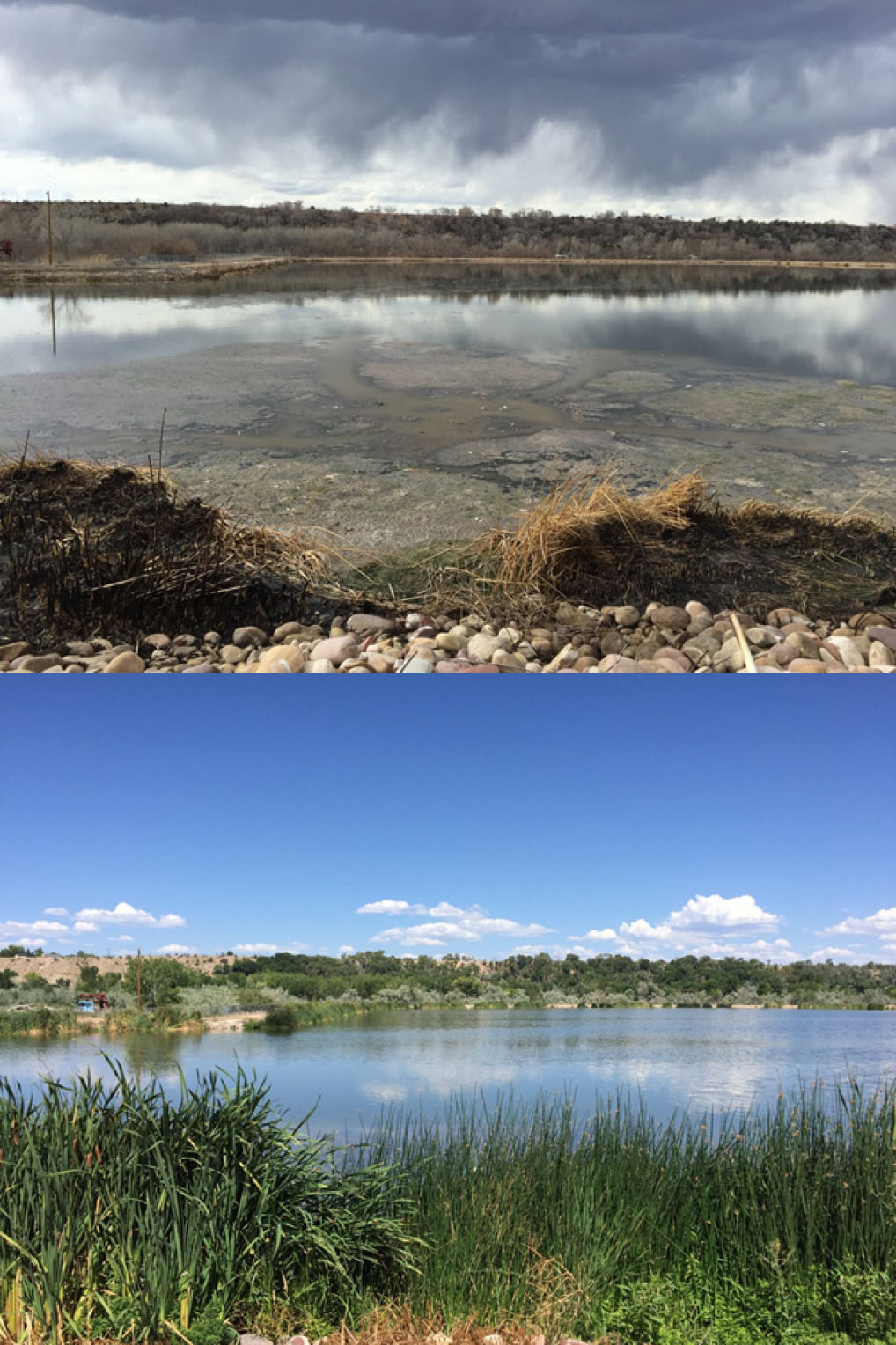
The influent consisted of domestic waste as well as septic. Pond 1 was specifically being addressed due to a State mandate. A sludge judge was performed which showed Pond 1 had an average sludge depth of 2.7 feet and Pond 2 averaged 1.9 feet. Two years later surfacing sludge prevented a sludge judge from being performed. The system was in need of reducing the sludge in its lagoon wastewater system to meet state requirements quickly in preparation for additional capital changes to the system.
Dredging costs were more than the town could afford, so an alternative method was sought to biologically break down the accumulated solids. To continue reading . . . Download PDF Read Online
Related Posts

Case Study: Biological Remediation of Crude Oil Contaminated Soil
Full Case Study Introduction: A remediation company in Arizona was selected to complete a Remedial Action Plan for soils contaminated with crude oil located in an oil production field in Texas. The crude oil contaminated soil was generated from storage tank bottom materials which had been removed from several oil recovery storage tank batteries located...

Video: Super Phos + Calcium Mixing Stability Test
English and Spanish subtitles are available. In this video, we demonstrate the unique compatibility of our highly concentrated Super Phos® 0-50-0 product when mixed with calcium. In traditional fertilizers, when phosphorus and calcium are mixed they can precipitate and fall out of solution. The resulting calcium phosphate can clog drip emitters and damage sprayers. Our...

Webinar Video: Lagoons Under the Surface
Webinar video highlights key findings—including $6M in savings—from a year-long bioremediation program for lagoon sludge reduction at a municipal wastewater treatment plant. In this 31-minute video, Heather Jennings, PE, Director of Probiotic Solutions®, and Diego Lopez, Chief Plant Operator for the City of Lemoore, Calif., Wastewater Treatment Plant discuss highlights from the year-long study of...

